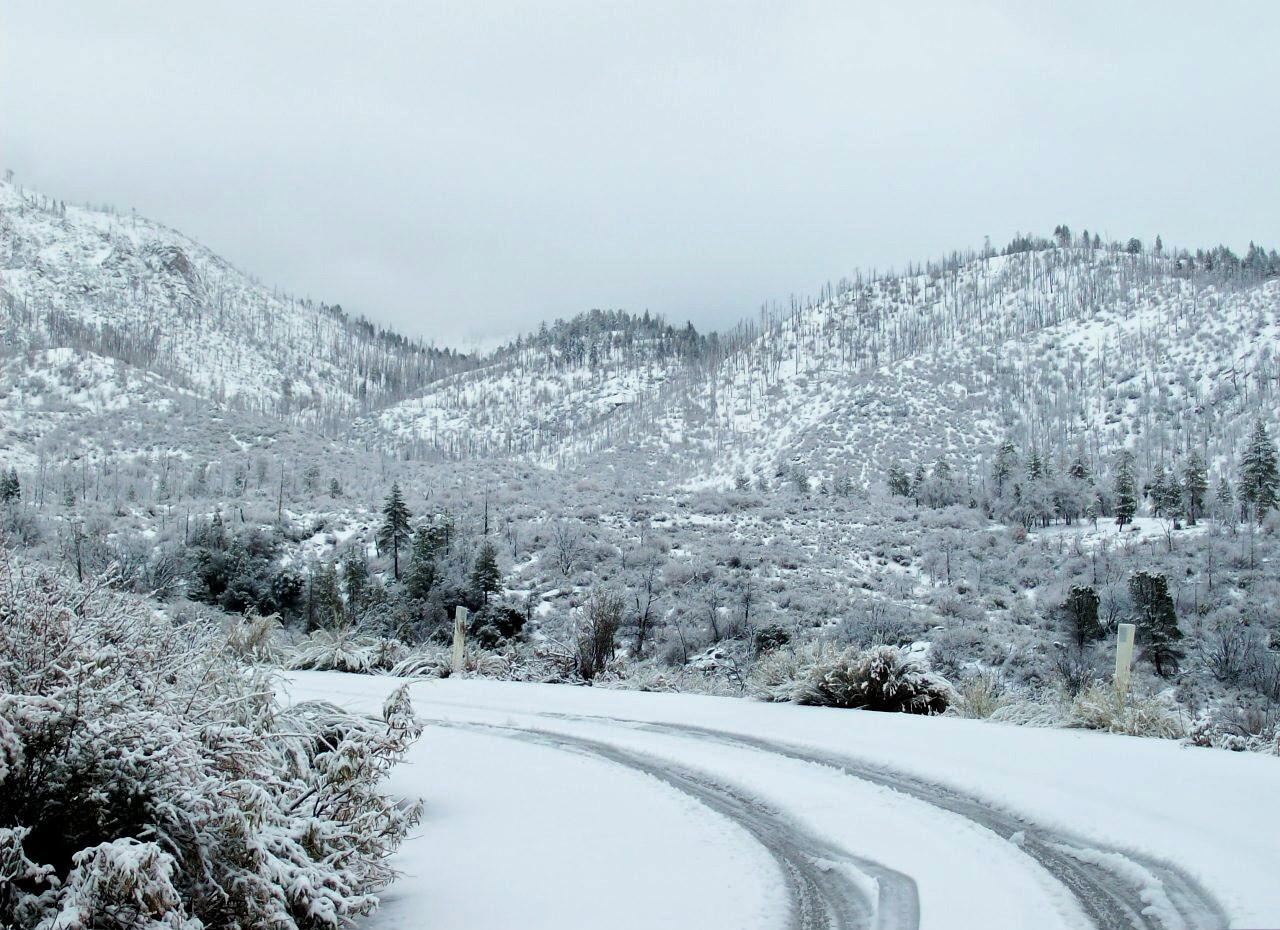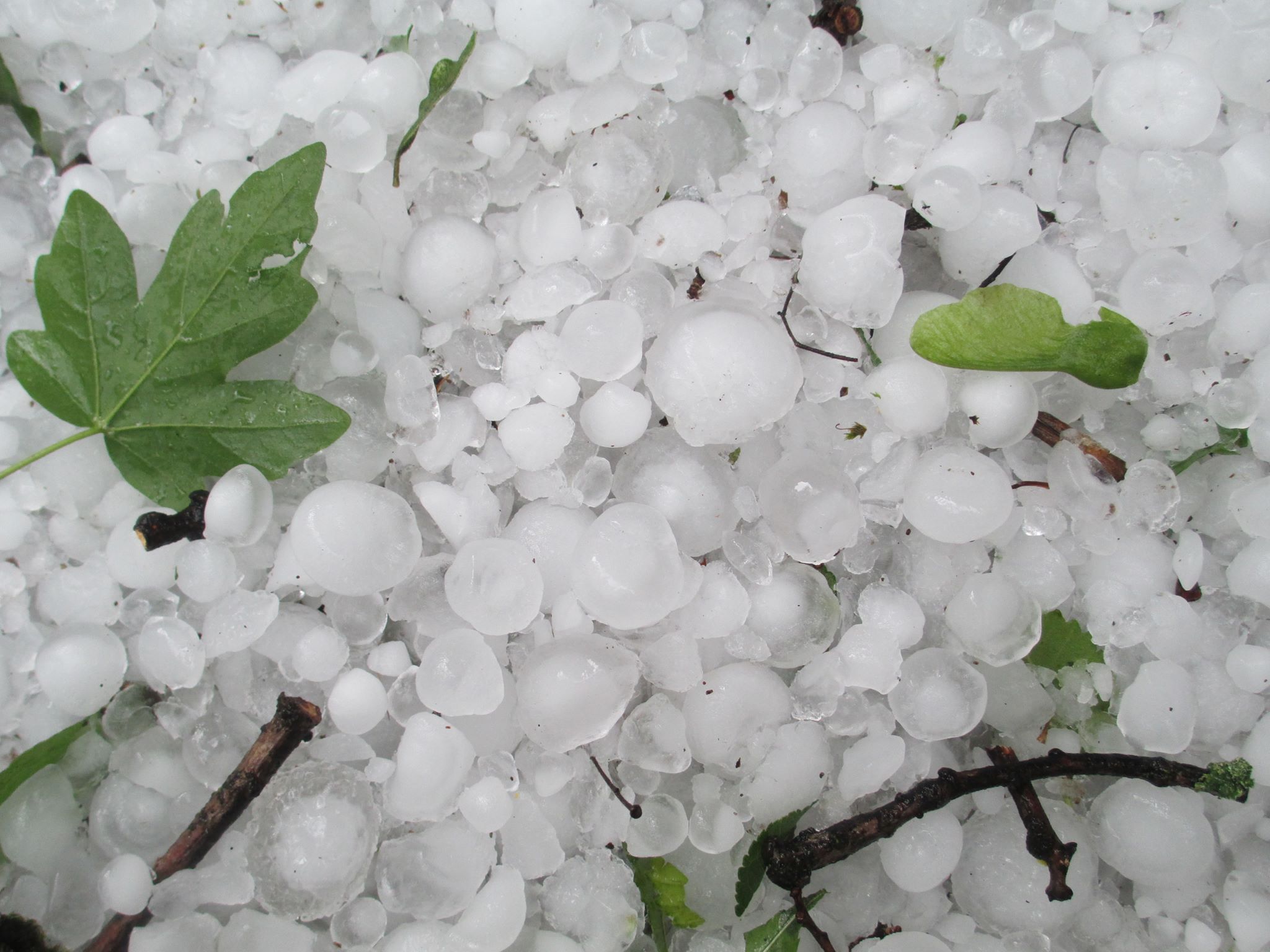domingo, 16 de noviembre de 2014
THE WEATHER!
Let's do the following activities!
ACTIVITY 1
ACTIVITY 1
Look at the following pictures and say which meteorological
phenomena are present in them.
Source: The Living Moon
Find the odd one out. Take into account the criteria you
use to find it.
1. HOT – COLD – WARM – COOL – AUTUMN
2. SPRING – WET – SUMMER – FALL – WINTER
3. SNOWY – CLOUDY – FOGGY – SUNNY – MONSOON
4. VOLCANO – TORNADO – HURRICANE – TWISTER – WINDSTORM
5. RAIN – SLEET – SANDSTORM – HAIL – SNOW
1. HOT – COLD – WARM – COOL – AUTUMN
2. SPRING – WET – SUMMER – FALL – WINTER
3. SNOWY – CLOUDY – FOGGY – SUNNY – MONSOON
4. VOLCANO – TORNADO – HURRICANE – TWISTER – WINDSTORM
5. RAIN – SLEET – SANDSTORM – HAIL – SNOW
ACTIVITY 3
Read the following extracts about the climates in Lima and Moscow. Then, write either L (for Lima) or M (for Moscow) next to the statements below.
1. It isn’t located in an arid area.
2. February is colder than August.
3. It oddly has temperatures below 10°C.
4. Foggy conditions are common in the morning.
5. Snowy days are usual.
6. It has great thermal amplitude, especially in the winter.
7. There’s a strong difference between the temperatures in the centre and the surroundings of the city.
8. It suffered a heavy heath wave four years ago.
Read the following extracts about the climates in Lima and Moscow. Then, write either L (for Lima) or M (for Moscow) next to the statements below.
1. It isn’t located in an arid area.
2. February is colder than August.
3. It oddly has temperatures below 10°C.
4. Foggy conditions are common in the morning.
5. Snowy days are usual.
6. It has great thermal amplitude, especially in the winter.
7. There’s a strong difference between the temperatures in the centre and the surroundings of the city.
8. It suffered a heavy heath wave four years ago.
 |
Source: Peru Erleben
|
LIMA, PERU
Lima's climate is in transition between mild
and warm, despite being located in the tropics and in a desert.
Although classified as subtropical, Lima's proximity to the cool waters of
the Pacific Ocean leads to temperatures much cooler than those expected for a
subtropical desert, and can be classified as a mild desert climate. It is
neither cold nor very hot. Temperatures rarely fall below 12 °C or rise
above 29 °C throughout the entire year. Two distinct seasons can be
identified: summer, from December through April; and winter from June through
October. May and November are generally transition months, with the
warm-to-cool weather transition being more dramatic.
Summers are warm, wet, and sunny. Daily
temperatures oscillate between lows of 18 °C to 22 °C, and
highs of 24 °C to 29 °C. Skies are generally cloud free, especially
during daytime. Occasional coastal fogs on some mornings and high clouds in
some afternoons and evenings can be present. Summer sunsets are well known for
being colorful. As such, they have been labeled by the locals as
“cielo de brujas”, since the sky commonly turns shades of orange, pink and red
around 7 pm. Winter weather is dramatically different. Gray skies, breezy
conditions, high humidity and cool temperatures prevail. Long stretches of
dark overcast skies are not uncommon. Persistent morning drizzle
occurs occasionally from June through September, covering the streets with a
thin layer of water that generally dries up by early afternoon. Winter temperatures
vary little between day and night. They range from lows of 12 °C to
16 °C and highs of 16 °C to 19 °C, rarely exceeding 20 °C
except in the easternmost districts.
Relative humidity is always very high,
particularly in the mornings. High humidity produces brief morning fog in
the early summer and a usually persistent low cloud deck during the
winter (generally developing in May and persisting all the way into late
November or even early December). Predominant onshore flow makes the Lima area
one of the cloudiest among the entire Peruvian coast. Lima has only 1284 hours
of sunshine a year, 28.6 hours in July and 179.1 hours in January,
exceptionally little for the latitude. Winter cloudiness prompts locals to
seek for sunshine in Andean valleys located at elevations generally above 500
meters above sea level.
MOSCOW, RUSSIA
 |
| Source: Muslim Village |
On average Moscow has 1731 hours of sunshine
per year, varying from a low of 8% in December to 52% from May to
August. Between 2004 and 2010, the average was between 1800 and 2000 hours
with a tendency to more sunshine in summer months. Moscow has a wet continental climate with
long, cold winters usually lasting from mid-November through the end of March,
and warm summers. Weather can vary widely with temperatures ranging from
−30 °C to above 0 °C in the winter and from 15 to 30 °C in the
summer. Typical high temperatures in the warm months of June, July and
August are around a comfortable 20 to 26 °C, but during heat waves,
daytime high temperatures often exceed 30 °C, sometimes for a
week or two at a time. In the winter, average temperatures normally drop to
approximately −10 °C, though almost every winter there are periods of
warmth with day temperatures rising above 0 °C, and periods of cooling
with night temperatures falling below −30 °C. These periods usually last
about a week or two. The highest temperature ever recorded was
38.2 °C at the VVC weather station and 39.0 °C
(102.2 °F) in the center of Moscow and Domodedovo airport on 29
July 2010 during the unusual 2010 Northern Hemisphere summer heat wave.
Record high temperatures were recorded for January, March, April, May, August,
November and December in 2007. The average July temperature from 1981–2010
is 19.2 °C. The lowest ever recorded temperature was −42.2 °C in
January 1940. Snow, which is present for about five months a year, often begins
to fall at the mid of October, while snow cover lies in November and melts in
the beginning of April.
Due to megalopolis specificity,
temperatures in the centre of Moscow are often significantly higher than in the outskirts,
especially in winter. For example, if the average February temperature in the
centre of Moscow is −6.7 °C, in the suburbs it's about −10 °C. The
temperature difference between Moscow and nearby areas of Moscow
Oblast can sometimes be more than 10 C°.
ACTIVITY 4
Answer the following questions about the extracts.
1. What is a transition month?
2. What is “cielo de brujas”?
3. Why people in Lima look for sunshine in Andean valleys?
4. How many °C vary temperatures in a Moscovian summer?
5. What happened in Domodoevo airport on 29 July 2010?
6. Which city has more hours of sunshine per year?
Answer the following questions about the extracts.
1. What is a transition month?
2. What is “cielo de brujas”?
3. Why people in Lima look for sunshine in Andean valleys?
4. How many °C vary temperatures in a Moscovian summer?
5. What happened in Domodoevo airport on 29 July 2010?
6. Which city has more hours of sunshine per year?
ACTIVITY 5
Match the synonyms of the following words present in the extracts.
Match the synonyms of the following words present in the extracts.
oscillate
(Lima)
|
constant
|
labeled
(Lima)
|
vary
|
prevail
(Lima)
|
big city
|
persistent
(Lima)
|
nearby suburbs
|
exceed (Moscow)
|
pass
|
megalopolis
(Moscow)
|
identified
|
outskirts
(Moscow)
|
predominate
|
ACTIVITY 6
You will hear two classmates (Andrew and Laura) talking at school about the things they did yesterday. If the following statements are true, write T. On the other hand, if they are false, write F.
You will hear two classmates (Andrew and Laura) talking at school about the things they did yesterday. If the following statements are true, write T. On the other hand, if they are false, write F.
1. __ It was snowing.
2. __ Andrew and Peter picked up their bikes from Laura’s house.
3. __ When Andrew and Peter finished playing tennis, Peter’s mum picked them up.
4. __ The wind impeded Andrew and Peter to play tennis well.
5. __ Laura and her sister cooked a cake.
6. __ Laura and her brother saw a film about the hurricane Sandy.
ACTIVITY 7
Check the previous activity by watching the following video.
Check the previous activity by watching the following video.
ACTIVITY 8
Work in pairs. Find out about the weather round the world yesterday.
Work in pairs. Find out about the weather round the world yesterday.
Student A: Look at the information on this
blog.
Student B: Look at the photocopy given by your
teacher.
-What was the weather like in Athens?
-It was sunny and warm. 18 degrees.
WORLD WEATHER: NOON YESTERDAY
|
||
°C
|
||
Athens
|
S
|
18
|
Berlin
|
R
|
7
|
Bombay
|
||
Edinburgh
|
C
|
5
|
Geneva
|
||
Hong Kong
|
S
|
29
|
Lisbon
|
||
London
|
R
|
10
|
Los
Angeles
|
||
Luxor
|
S
|
40
|
Milan
|
||
Minsk
|
Sn
|
-1
|
Oslo
|
||
S: sunny
C: cloudy
Fg: foggy
R: rainy
Sn: snowy
ACTIVITY 9
Look at the previous chart and answer the following questions.
1. Which city was the hottest? Which was the coldest?
2. Which month do you think it is? Why?
Look at the previous chart and answer the following questions.
1. Which city was the hottest? Which was the coldest?
2. Which month do you think it is? Why?
ACTIVITY 10
Imagine you work for Servicio Meteorológico Nacional and your employer wants you to write a brief description of the climate in San Luis which will be published in an American magazine. Write it using between 200-250 words. You can use the sources below in order to find reliable information.
Imagine you work for Servicio Meteorológico Nacional and your employer wants you to write a brief description of the climate in San Luis which will be published in an American magazine. Write it using between 200-250 words. You can use the sources below in order to find reliable information.
Note: You can use the two extracts given
in Activity 3 as a guide.
SOURCES:
SOURCES:
1MS. Retrieved from: http://khongthe.com/wallpapers/nature/cold-fall-rain-217832.jpg
BBC News. (2014). Retrieved from: https://www.youtube.com/watch?v=Tal-PDR8eWc
Muslim Village. Retrieved from: http://muslimvillage.com/wp-content/uploads/2014/10/Moscow-Kremlin.jpg
National Oceanic and Atmospheric Administration. http://www.noaa.gov/
NBC News. Retrieved from: http://media4.s-nbcnews.com/i/newscms/2014_23/482581/140602-hurricane_b5ce878775ec9574af87534b36f32e43.jpg
Noticias de Ginebra. Retrieved from: http://noticiasyclasificadosdeginebra.files.wordpress.com/2013/06/rock-hail-size.jpg
Peru Erleben. Retrieved from: http://peruerleben.com/wp-content/uploads/2013/01/Lima_Coasta_Verde.jpg
Servicio Meteorológico Nacional. http://www.smn.gov.ar/
Soars, L. & Soars, J. (2003). New Headway English Course. Student's Book. Elementary. Oxford.
The Living Moon. Retrieved from: http://chamorrobible.org/images/photos/gpw-20061106i-UnitedStatesMarineCorps-20050426-M-0502A-017-massive-sandstorm-Al-Asad-Iraq-large.jpg
Terratec1001. (2012). Retrieved from: https://www.youtube.com/watch?v=rSJhf9n2BYE
Ultimate Chase. (2010). Retrieved from: https://www.youtube.com/watch?v=QDFK40UMotc
Wikipedia, the free encyclopedia. http://upload.wikimedia.org/wikipedia/commons/4/4a/Snow_on_the_mountains_of_Southern_California.jpg
Wikipedia, the free encyclopedia. Lima. Retrieved from: http://en.wikipedia.org/wiki/Lima
Wikipedia, the free encyclopedia. Moscow. Retrieved from: http://en.wikipedia.org/wiki/Moscow
Suscribirse a:
Comentarios (Atom)




